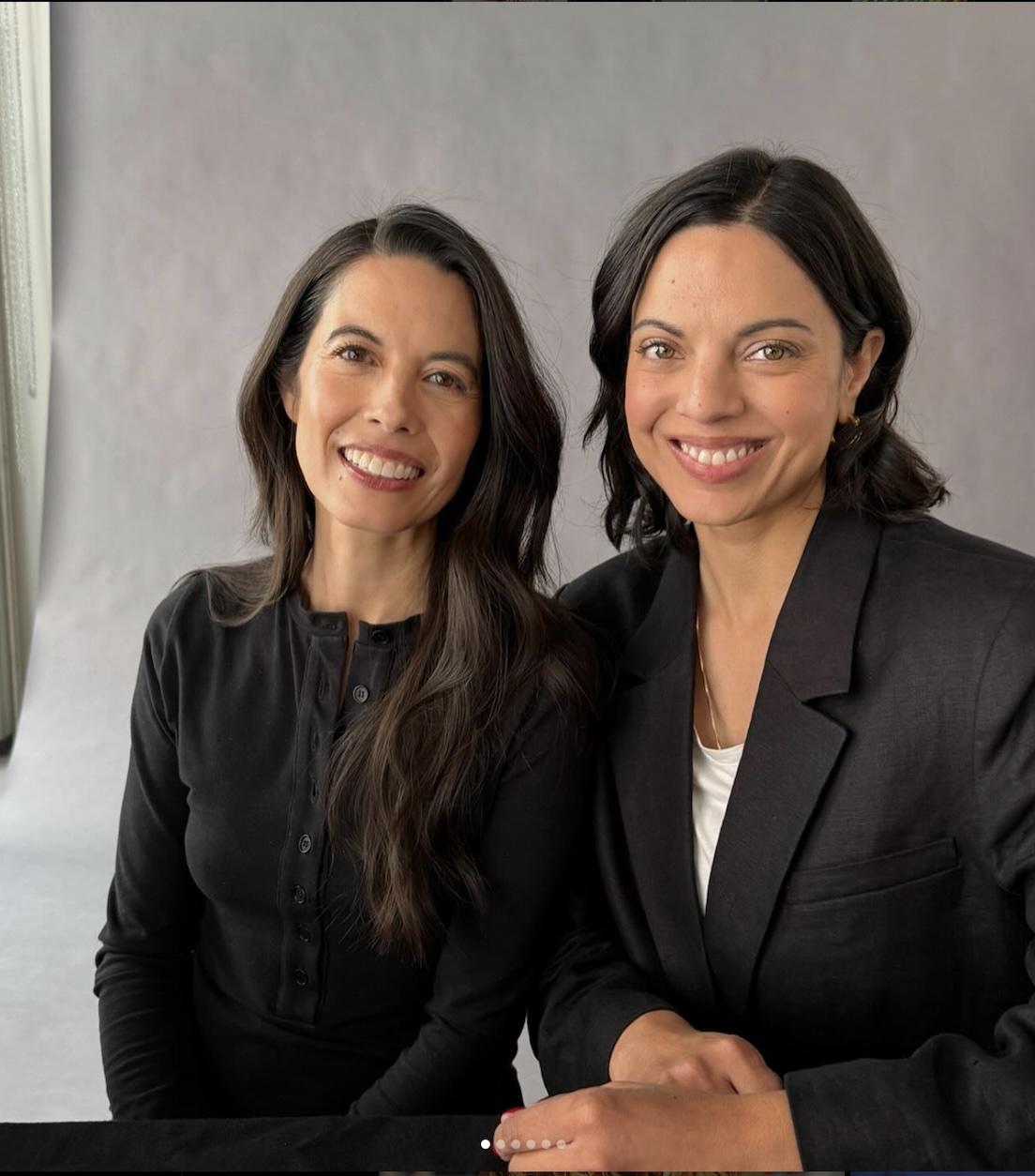FIL-AM Shella Condino’s philosophy in teaching is similar to how she lives her life: Dream big, work hard and be the best that you can be, because as she says: “Dreams really do come true.”
Condino, a physics and chemistry teacher at Presidio High School in the small town of Presidio, Texas, was given the A. Scott Crossfield Aerospace Education Teacher of the Year Award by the National Aviation Hall of Fame.
This year, she followed that up by receiving the ASME (American Society of Mechanical Engineers) DiscoverE Educator Award, an award that shines a spotlight on the educators who are inspiring tomorrow’s innovation generation.
For Condino, being recognized is truly rewarding, but most importantly, it would pave the way to perhaps generate income for her financially-strapped rocket and robotics program in the school.
Despite teaching at the third poorest town in the state of Texas (where the median family household income is less than $19,000 a year), her rocket and robotics team annually competes and places well nationally, against some of the other higher-funded schools in the US.
Poor town, big dreams
Located along the Rio Grande River, about 240 miles south of El Paso, Presidio is a remote place with a population of less than 5,000 people where there is “literally nothing… and nothing to do at all,” said Condino.
“Some of our students often times end [up] getting involved in illegal drugs, drinking alcohol, teenage pregnancy and dangerous drag or car racing in Ojinaga, Mexico,” she said during her acceptance speech at ScottCross Foundation.
Condino, a Philippine Normal University graduate, said after moving to Presidio to teach, she felt the desperate need of the students – many of them ESL (English as a Second Language) students – in getting involved with some worthwhile activities.
She first introduced model rocketry as a summer enrichment program and immediately found challenges.
“At first, communication with my students was a great challenge. I do not speak Spanish and they do not speak English,” she said. “Instructions were always coupled with weird sign languages and demonstrations. It was just hard. So my rocketry students put the catchphrase in our team banner that reads ‘We build and design rockets not because it is easy… but because it is hard.'”
During a rocketry summer camp for students held at Texas Tech University, she met Dr. John Chandler, director of T-STEM Center at the university, who saw the potential and skills of her students and began supporting them by mentoring the students in her rocketry program.
In 2007, Condino encouraged her ESL students to compete at the Team America Rocketry Challenge (TARC), the world’s largest model rocketry contest.
With her guidance, her team placed top 19th in the nation outscoring around 700 teams in the US. The following year, she had three teams at the national finals, finishing 9th and 11th place. In 2011, she had four teams compete at the national finals. To date, her teams consistently perform well.
Challenges
Condino remembers the early struggles.
After the tournaments ended, other teams would throw away their materials. The students of Presidio would dig through the trash.
“Model rocketry is quite expensive and we have limited budget from our school district,” she said. “I taught my students to learn to value materials and salvage everything that could be useful.”
When her team in 2007 made it to the finals, which was held in Virginia, she recalls trying to fundraise for the money.
“Presidio… we have a problem! How in the world are we going to send four students and a teacher out-of-state?,” she said. “Transportation cost is just expensive. Our district is poor. We tried our best to raise money buy selling baked goods and Mexican frozen treats. Our creativity even included raffling tender goats for $3 a ticket! It was just not enough.”
A chance meeting during another competition with a geologist from Conoco Philips led to “God’s divine intervention.”
The gentleman, with the help of other local organizations contributed the $3,000 needed for travel expenses for them to be able to compete in the tournament.
Rocket scientists
Because her teams have done so well, NASA has accepted some of her team’s research proposals for two consecutive years for the Student Launch Initiative Advanced Rocketry Program.
According to ScottCross Foundation officials, her students designed and built 10 and 12-foot rockets.
She said the students launched the two rockets carrying DNA samples and fused cells of some desert plants for biochemical research.
Along with the students high national placements, their work has also been featured at the Scientific American and The Marshall Stars. One of their works also made it to the front page of the Huntsville Times in Alabama.
It’s hard not to be impressed with Condino’s accomplishment.
It shows that one person can make a difference in spite of disadvantages.
She told the ASME in a video profile: “My students may be poor but if somebody could lead them the right way, they will be able to achieve something better,” she said. “I believe even if I’m born poor I could still succeed and be somebody.”
Condino is leading her students to the right way and giving them opportunities to dream and dream big.
And if things go well, she may already prove to immigration officials that she is a person of “exceptional ability.”
(LA Weekend June 2-5, 2012 Sec A pg.10)







